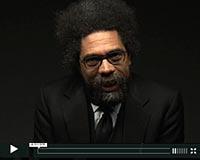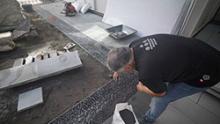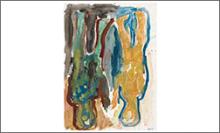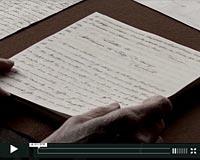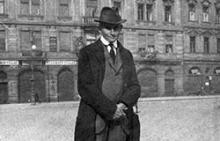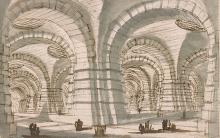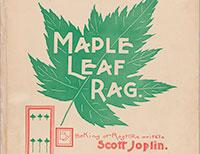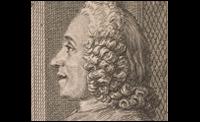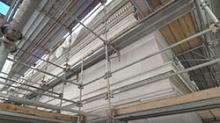Plan your visit. 225 Madison Avenue at 36th Street, New York, NY 10016.
Plan your visit. 225 Madison Avenue at 36th Street, New York, NY 10016.
Search
-
Cornel West is a professor at Princeton University, civil rights campaigner, and author of many works on race, religion, and politics, including Hope on a Tightrope: Words and Wisdom, Race Matters, and The Cornel West Reader. No stranger to the screen, he appeared in two sequels
Videos -
In Longstaffe-Gowan's design, patterned accessible walkways of hand-laid bluestone recall the Renaissance floor patterns inside the library building and knit together three primary planting areas that bring the garden to life.
Videos -
Hans Holbein the Younger (1497/98–1543) was among the most skilled, versatile, and inventive artists of the European Renaissance.
Videos -
Isabelle Dervaux discusses one of the most celebrated contemporary German artists, Georg Baselitz. He gained international recognition in the 1960s for revitalizing figurative painting.
Videos -
When Franz Kafka died of tuberculosis at the age of forty, in 1924, few could have predicted the influence his relatively small body of work would have on every realm of thought and creative endeavor over the course of the twentieth century and into the twenty-first.
Videos -
The symposium is devoted to the drawings of the artist Giovanni Battista Piranesi (1720–1778) and takes place in conjunction with the exhibition Sublime Ideas: Drawings by Giovanni Battista Piranesi on view at the Morgan f
Videos -
Scott Joplin—the "King of Ragtime"—played a critical role in the spread of the American music phenomenon not only through his wildly popular compositions, but also through his dedication to capturing these works on paper for posterity.
Videos -
One of the most dramatic interventions performed by Mariette on drawings in his collection was the splitting of a single sheet of paper to separate the recto and the verso of double-sided drawings.
Videos -
It’s not just a façade! The façade of our J. Pierpont Morgan Library building uses a complex ancient Greek building technique that enables the stone to have no visible mortar. The architects, McKim, Mead & White, adapted this technique to account for the variable climate in New York city.
Videos

